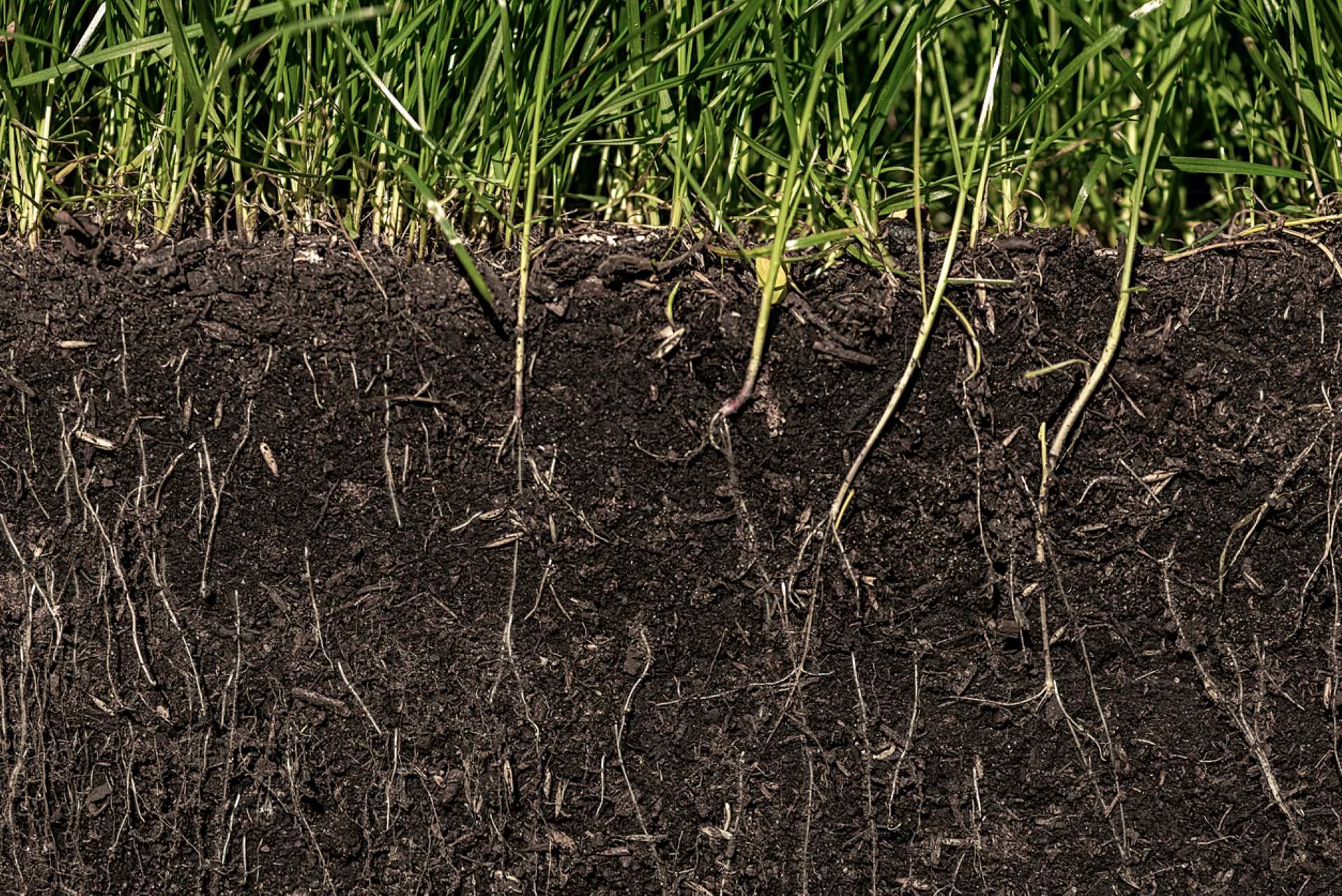Much of the natural environment has been degraded and damaged by human activities — but scientists have discovered a new tool that can be used to help these ecosystems recover.
It turns out that "sonic restoration," or using sounds to stimulate growth, is a strategy that shows promising results.
A group of Australian scientists — Jake M. Robinson, Amy Annells, Christian Cando-Dumancela, and Martin F. Breed — conducted a study in which they tried to stimulate soil microbe growth using high-frequency white noise. Two of them — Robinson and Breed — recounted the experiment in an article written for The Conversation.
As Robinson and Breed explained, similar strategies have already been employed to restore coral reefs and oyster reefs, using sounds of healthy reef activity to encourage more species to grow there. In both cases, the scientists behind the studies reported significant positive impacts.
Using white noise to stimulate soil microbes also worked great for the Australian team, which reported that the sounds did stimulate the targeted fungi, increasing the growth rate by seven times and the production of spores by more than four times.
"This adds a new dimension to restoration projects," Robinson and Breed wrote. "Imagine using tailored soundscapes to restore wetlands, forests or grasslands, simply by artificially amplifying the sonic cues that attract wildlife, stimulate growth and rebuild relationships between species."
The scientists speculated that the sounds stimulated special receptors on the membranes of the microbes, triggering a response that could switch growth genes on and off. There is still much that scientists don't understand about this phenomenon, but they do understand one very important thing: It works.
One big advantage of this strategy is that, compared to other types of ecosystem restoration, it is relatively easy and very inexpensive. Although the science behind it is "still in its infancy," the Australian scientists wrote, it could become a big part of how we restore ecosystems.
Join our free newsletter for good news and useful tips, and don't miss this cool list of easy ways to help yourself while helping the planet.









